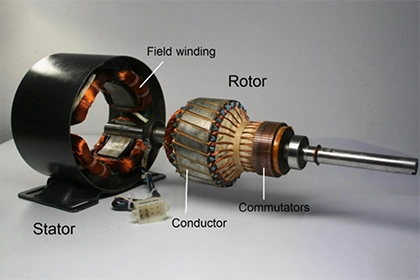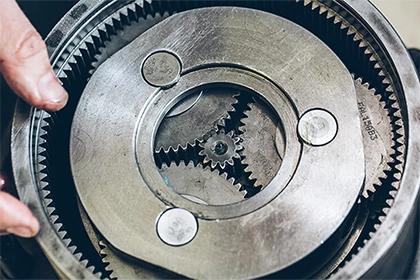
How does the drum motor's design affect conveyor belt tracking?
The design of a drum motor, such as its diameter, surface texture, and rotational speed, can affect conveyor belt tracking by providing better traction between the belt and the drum. A larger diameter drum motor with a smooth surface and slower rotational speed can help to reduce belt slippage and improve tracking accuracy.
Conveyor belts are responsible for the movement of goods and materials in industrial production processes and are an important part of many industries. A key aspect of conveyor performance is proper tracking, which ensures that the conveyor remains centered and does not deviate from its intended path. Drum motors are a popular choice for powering conveyors and are designed to play an important role in conveyor tracking.
What is a drum motor?
The drum motor is a powerful, compact motor that is primarily integrated into the pulleys of a conveyor belt. It acts both as a drive for the belt and as a support structure for the conveyor system.
How does the design of a drum motor affect conveyor tracking?
The diameter of the drum motor affects tracking. A larger drum motor diameter provides a larger surface area for the belt, which helps prevent slippage and keeps the belt centered. A larger diameter also results in higher belt tension, which helps prevent lateral movement of the belt.
The surface finish of drum motors affects tracking. A smooth surface reduces friction between the belt and the drum motor, which helps prevent belt wear and reduces the risk of runout. Drum motor alignment can affect tracking. An unaligned drum motor can cause the belt to deflect to one side, resulting in uneven wear and tear and reduced efficiency.
Finally, the design of the drum motor shaft can affect tracking. A shaft that is too short will cause the belt to slip, while a shaft that is too long will cause the belt to deviate from its intended path.
Conclusion
The design of a drum motor can play an important role in conveyor tracking. Factors such as drum motor diameter, surface finish, alignment, and shaft design can all affect tracking performance. Properly designed and maintained drum motors help ensure that the conveyor remains centered and operates efficiently, thus contributing to the overall success of the industrial process.



Leave a Comment